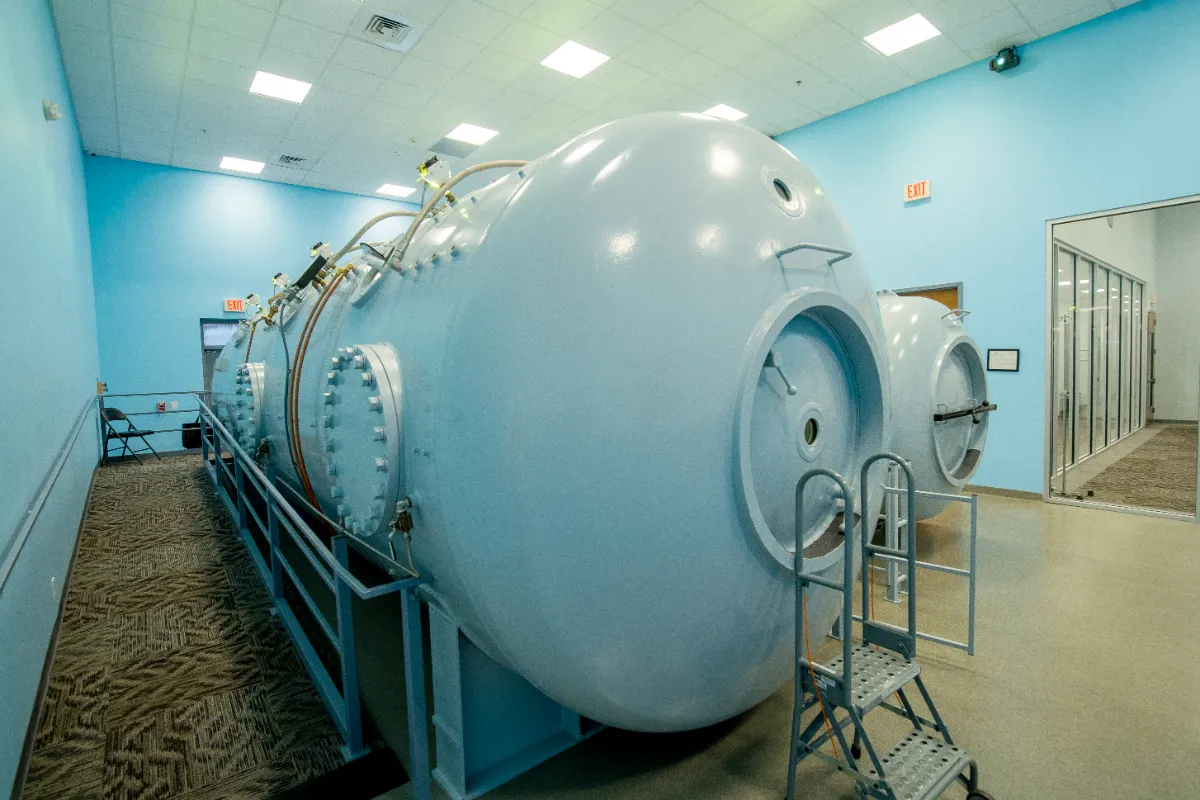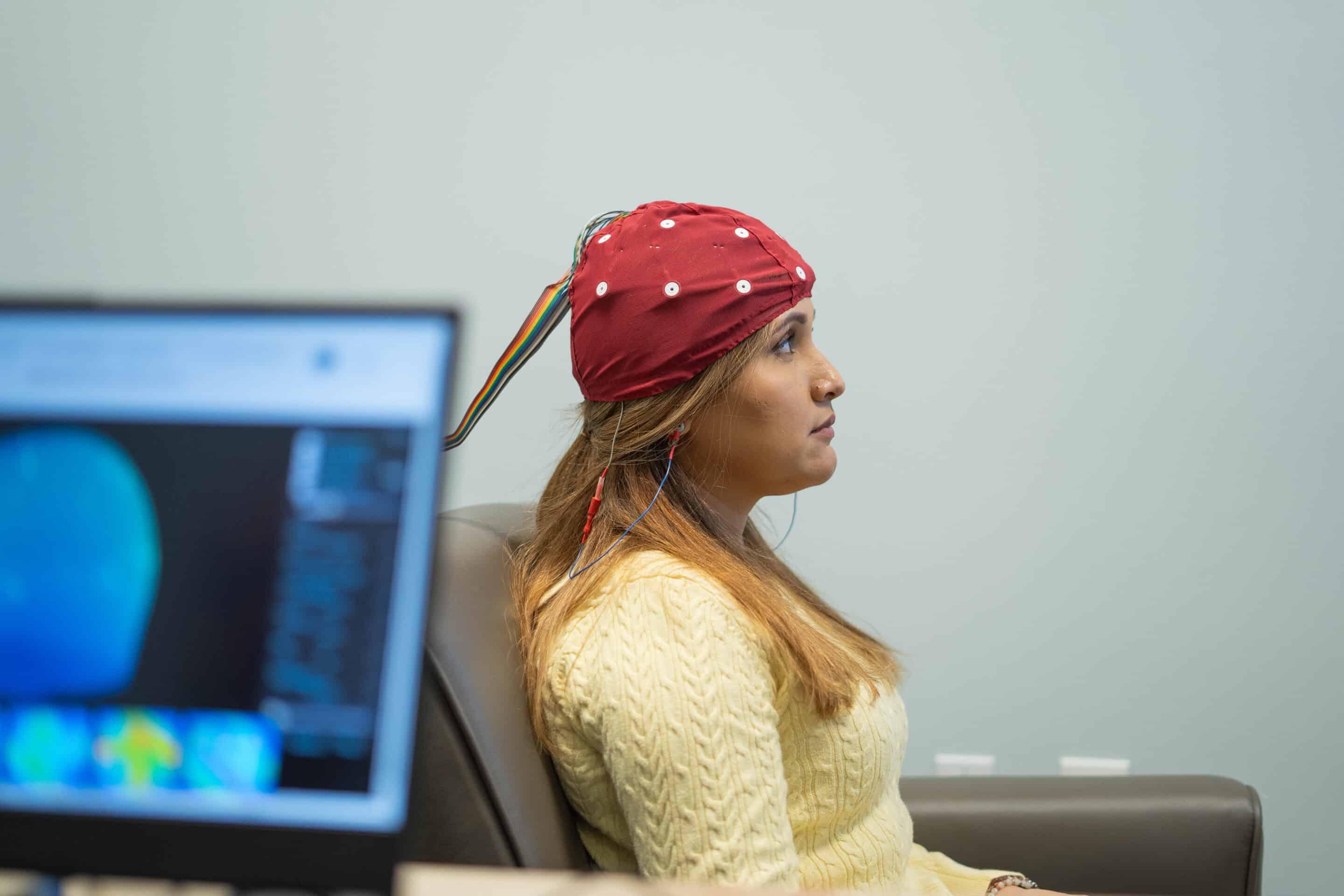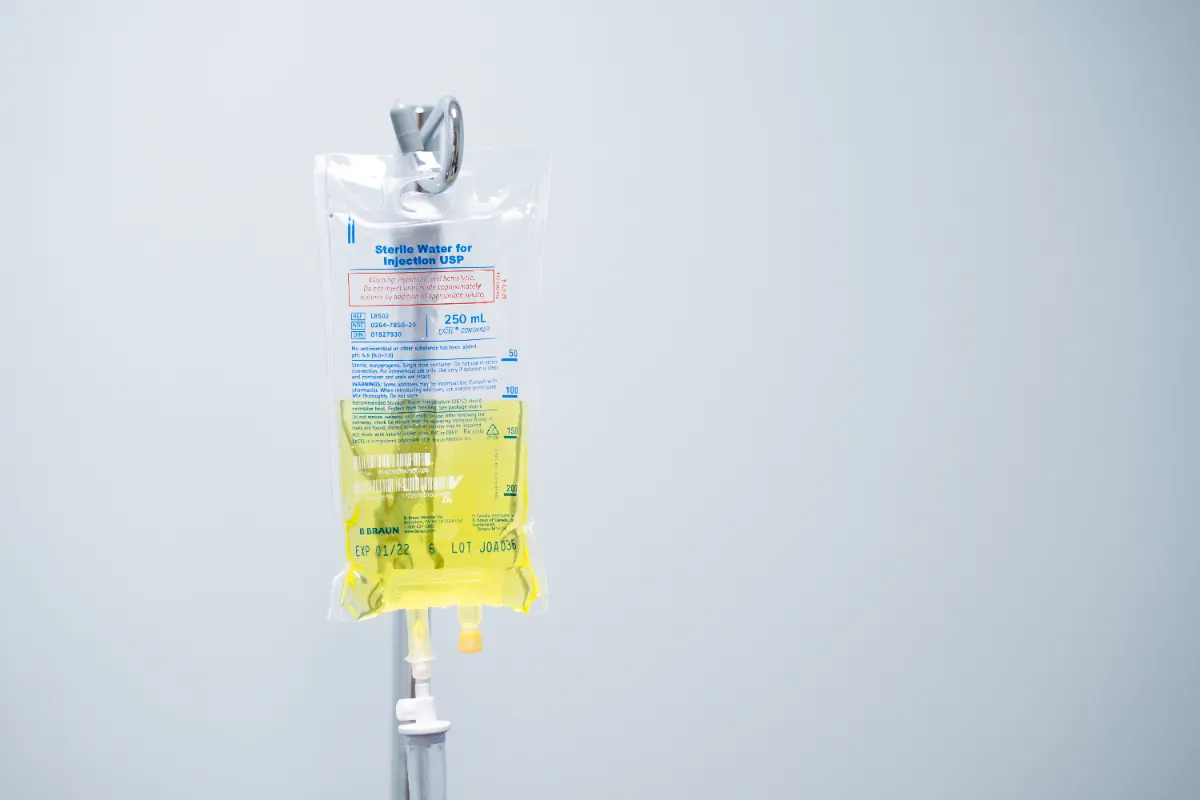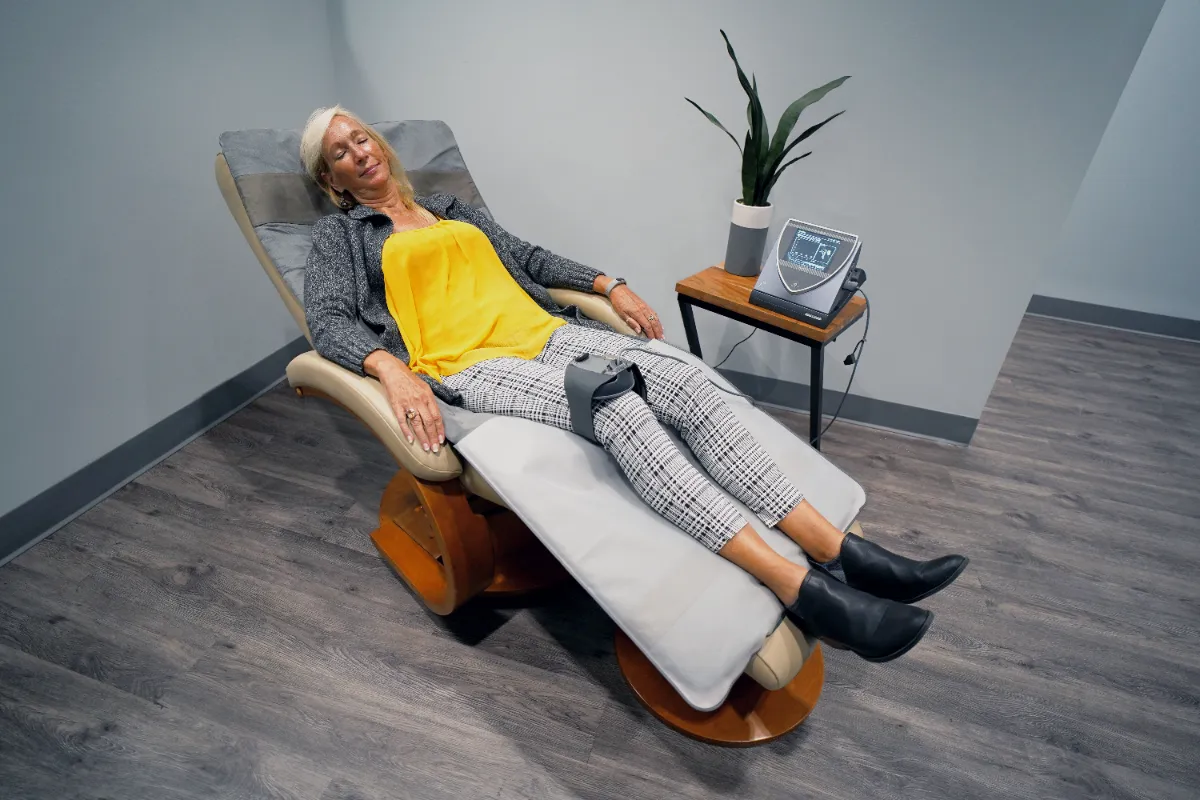Fatigue
Fatigue affects a significant portion of the population, with estimates suggesting that up to 20% of adults experience persistent tiredness severe enough to interfere with daily functioning. Common contributing factors include chronic stress, inadequate sleep, nutritional deficiencies, systemic inflammation, and mitochondrial dysfunction. Oxidative stress, in particular, can damage cellular structures, impair energy production, and contribute to feelings of exhaustion. Conditions such as anemia, thyroid imbalances, autoimmune disorders, and certain infections are well-documented contributors to fatigue. Additional factors—including poor diet, sedentary lifestyle, alcohol use, and environmental toxins—can further compromise energy levels.
Addressing the underlying causes of fatigue is essential for sustained energy and overall well-being. This involves supporting mitochondrial health, reducing inflammation, optimizing nutrient intake, and promoting healthy sleep patterns.
Our Integrative Approach
At Extivita, we offer a comprehensive, science-backed approach to address the root causes of fatigue. Our therapies—including Hyperbaric Oxygen Therapy (HBOT), Nutritional IV Therapy, Pulsed Electromagnetic Field (PEMF) Therapy, Neurofeedback Therapy, Infrared Sauna Therapy, and Food Sensitivity Testing—work synergistically to enhance oxygen delivery, reduce inflammation, improve mitochondrial function, and support overall cellular health. Additionally, our Food Sensitivity Testing service helps uncover hidden dietary triggers that may be contributing to inflammation and fatigue, enabling us to create a personalized nutrition plan tailored to your unique needs.
Extivita Therapies for Fatigue
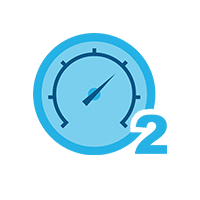
Hyperbaric Oxygen Therapy
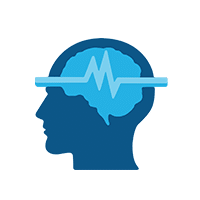
Neurofeedback Therapy

Nutritional IV Therapy

Pulsed Electromagnetic Field Therapy (PEMF)

Infrared Sauna
Hyperbaric Oxygen Therapy (HBOT) for Fatigue
HBOT involves breathing 100% medical-grade oxygen in a pressurized chamber, typically at 2.0 atmospheres absolute (ATA). This process significantly increases the amount of oxygen dissolved in the blood plasma, enhancing oxygen delivery to tissues throughout the body. Elevated oxygen levels promote angiogenesis (the formation of new blood vessels), reduce inflammation, and support cellular repair mechanisms—all of which are important for combatting fatigue.
HBOT has been shown to positively influence several aspects of brain function:
Enhances Oxygen Delivery
HBOT increases the amount of oxygen dissolved in the blood, which improves tissue oxygenation and supports energy metabolism throughout the body.
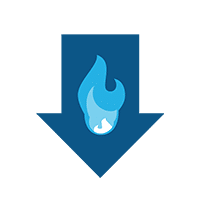
Reduces Systemic Inflammation
Elevated oxygen levels can help reduce inflammation, which may contribute to improved cellular function and reduced feelings of fatigue.
Supports Mitochondrial Function
By improving oxygen availability, HBOT supports mitochondrial health and energy production, essential for maintaining normal energy levels.
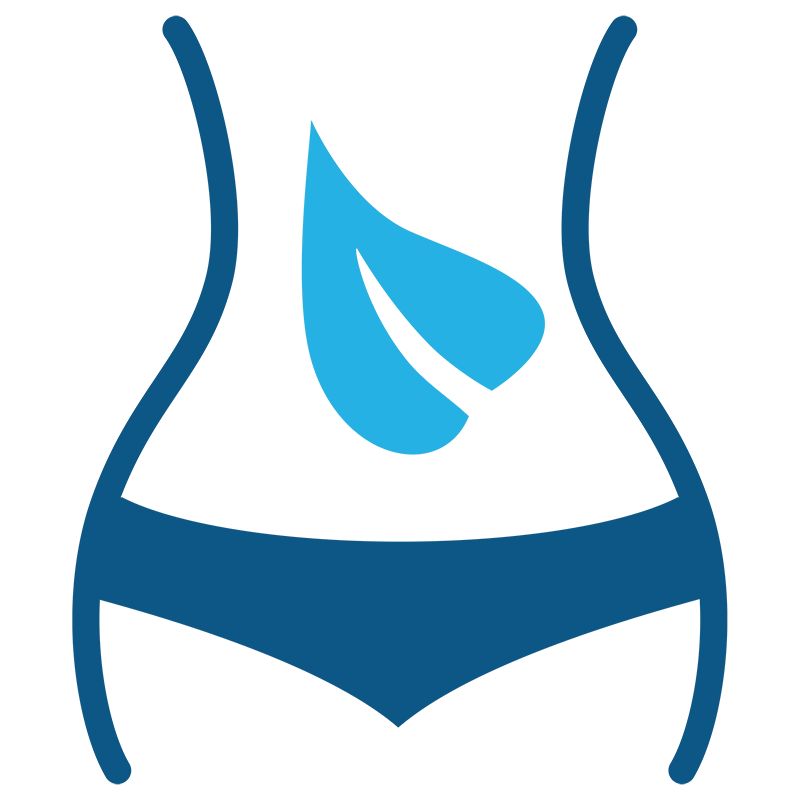
Facilitates Detoxificiation
Increased oxygen can aid the body’s natural detoxification processes, potentially reducing fatigue related to toxin buildup.
Promotes Circulation
HBOT enhances microcirculation and improve nutrient delivery to tissues, which could help alleviate fatigue caused by poor blood flow.
Neurofeedback Therapy
Neurofeedback is a non-invasive therapy that uses real-time monitoring of brainwave activity to help train the brain toward more balanced functioning. Fatigue can often be linked to dysregulated brainwave patterns that emerge from stress, poor sleep, or underlying health conditions. These maladaptive patterns can affect energy levels, focus, and overall mental clarity.
How Neurofeedback Supports Fatigue
Neurofeedback therapy begins with an evaluation of brain activity to understand each individual’s unique patterns. A qEEG Brain Map captures activity across different brain regions and helps identify areas that may be contributing to fatigue. From this data, a personalized neurofeedback program is designed. During sessions, sensors on the scalp monitor brainwaves in real time. When the brain produces more optimal patterns, immediate positive feedback—such as the brightening of a screen or an auditory tone—incentivizes the brain to adopt and maintain these healthier states.
Promotes Neuroplasticity
Neurofeedback supports the brain’s natural ability to reorganize itself by creating new neural pathways, which is essential for managing fatigue.
Enhances Mental Clarity and Focus
By encouraging healthier brainwave activity, neurofeedback may reduce brain fog and improve mental stamina.
Supports Emotional Resilience
Training the brain to self-regulate can help manage stress levels, which are often linked to fatigue.

Improves Sleep Patterns
Balanced brainwave activity may also support better sleep quality, which is essential for combating fatigue.
Reduces Mental Fatigue
By training the brain toward optimal functioning, neurofeedback may reduce the feeling of mental exhaustion.
Nutritional IV Therapy
Nutritional IV Therapy delivers a specially formulated mix of vitamins, minerals, antioxidants, and amino acids directly into your bloodstream. This method allows for faster and more efficient absorption compared to oral intake, ensuring that key nutrients reach your cells quickly to support energy production and combat fatigue.
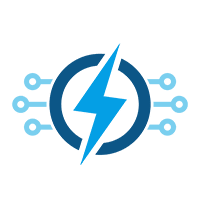
How Nutritional IV Therapy Supports Fatigue
Providing Essential Nutrients
Delivers vital nutrients like B vitamins, magnesium, and amino acids that support mitochondrial energy production, reducing feelings of tiredness.
Improving Oxygen Utilization
Optimizes oxygen delivery and utilization, which is critical for maintaining energy levels and reducing fatigue.

Supports Detoxification
Antioxidants like glutathione can help reduce oxidative stress and support detoxification, which may enhance overall energy and reduce fatigue.
Key IV Recommendations for Fatigue
Myers’ Cocktail IV
Components: B-complex vitamins, Vitamin C, Magnesium, and Calcium
The Myers’ Cocktail delivers key nutrients that support energy metabolism, muscle function, and stress reduction. B vitamins are essential cofactors in ATP (energy) production, while magnesium helps relax muscles and support proper nerve function—critical for reducing fatigue.
B12 Injection
Components: Vitamin B12
Vitamin B12 is essential for red blood cell formation, oxygen transport, and neurological function. An injection or infusion can rapidly correct B12 deficiencies, which are a common cause of fatigue, and support sustained energy levels.
NAD+ Trio IV
Components: NAD+, Glutathione, and Magnesium
NAD+ is a vital coenzyme that plays a central role in mitochondrial energy production. By supporting mitochondrial health, NAD+ can help improve cellular energy metabolism and reduce feelings of fatigue. It also supports DNA repair and helps regulate inflammation, which can further contribute to increased vitality.
Pulsed Electromagnetic Field (PEMF) Therapy
PEMF Therapy uses low-frequency electromagnetic waves to stimulate your body’s natural repair processes. These waves are delivered through a device that sends energy pulses directly to your tissues. This therapy energizes cells, improves circulation, and supports the body’s recovery from stress and inflammation. It’s a non-invasive treatment that promotes overall cellular health and communication.
How PEMF Therapy Supports Fatigue
Supports Mitochondrial Function
By increasing energy production in cells, PEMF Therapy helps restore the body’s natural energy levels, which can combat fatigue.
Improves Circulation
Enhances blood flow, ensuring that oxygen and nutrients reach tissues more effectively, which is essential for energy metabolism.
Promotes Cellular Repair
Stimulates the body’s repair processes, helping to reduce inflammation and support tissue healing, which can alleviate fatigue caused by chronic stress or illness.
Enhances Stress Recovery
PEMF Therapy may help the body manage stress responses more effectively, supporting relaxation and mental clarity—both of which can contribute to reduced fatigue.
Infrared Sauna
Infrared Sauna therapy uses gentle, radiant heat to promote detoxification and relaxation. Unlike traditional saunas, which heat the air around you, an infrared sauna uses infrared light to heat your body directly. This allows for a more comfortable experience with lower ambient temperatures while still achieving deep sweating and detoxification. This process can increase heart rate, boost circulation, and promote sweating. As your body works to cool itself, it releases toxins and supports overall well-being.
How Infrared Sauna Supports Fatigue

Detoxification
Helps eliminate toxins that may contribute to feelings of fatigue and sluggishness.
Stress Reduction
Promotes relaxation and lowers stress levels, which can otherwise drain energy and contribute to fatigue.
Enhanced Circulation
Improves blood flow, helping oxygen and nutrients reach your cells more efficiently to support energy production.

Supports Sleep Quality
May aid in better sleep, which is essential for restoring energy levels and combating fatigue.
Food Sensitivity Testing for Fatigue
Food Sensitivity Testing helps uncover foods that may be contributing to inflammation, digestive problems, and fatigue. Unlike traditional allergy testing, which looks for immediate reactions, this testing focuses on delayed immune responses that can occur hours or even days after eating certain foods. By identifying and eliminating these triggers, you can reduce inflammation and digestive discomfort, supporting improved health outcomes. A simple blood sample is taken for analysis, making the test easy and straightforward.
How Food Sensitivity Testing Helps with Fatigue
Identifies Trigger Foods
This testing pinpoints specific foods that may be draining your energy by causing inflammation or digestive issues. Avoiding these foods can help you feel less tired and more focused.

Reduces Systemic Inflammation
By eliminating problematic foods, you may experience less inflammation throughout your body. Reduced inflammation means your cells can work more efficiently, leading to improved energy levels and overall vitality.
Improves Digestion and Nutrient Absorption
Cutting out trigger foods helps your digestive system work better, ensuring your body absorbs the nutrients it needs to produce energy. This can make a big difference in how you feel each day.
Personalized Nutrition Plan
Food Sensitivity Testing gives you the information you need to create your own personalized nutrition plan. By avoiding foods that may be causing fatigue, you can take control of your diet and support better energy levels, helping you feel your best.
Read to Begin Your Journey to Recovery?
Schedule a free wellness consultation to explore a personalized plan that supports your cognitive health and overall brain function.
Schedule Your Free Wellness Visit →
References:
- Maisel, Peter, et al. “Fatigue as the chief complaint.” Deutsches Ärzteblatt International, 23 Aug. 2021, pp. 566–576, https://doi.org/10.3238/arztebl.m2021.0192.
- Kahle, Adam C, and Jeffrey S Cooper. “Hyperbaric Physiological And Pharmacological Effects of Gases.” StatPearls Publishing, 10 July 2023.
- Bu, Shiying, et al. “Hyperbaric oxygen therapy improves motor symptoms, sleep, and cognitive dysfunctions in parkinson’s disease.” Dementia and Geriatric Cognitive Disorders, vol. 54, no. 3, 21 Nov. 2024, pp. 187–200, https://doi.org/10.1159/000542619.
- Lin, Pao-Yuan, et al. “Hyperbaric oxygen therapy enhanced circulating levels of endothelial progenitor cells and angiogenesis biomarkers, blood flow, in ischemic areas in patients with peripheral arterial occlusive disease.” Journal of Clinical Medicine, vol. 7, no. 12, 14 Dec. 2018, p. 548, https://doi.org/10.3390/jcm7120548.
- Ortega, Miguel A., et al. “A general overview on the hyperbaric oxygen therapy: Applications, mechanisms and translational opportunities.” Medicina, vol. 57, no. 9, 24 Aug. 2021, p. 864, https://doi.org/10.3390/medicina57090864.
- Rossignol, Daniel A. “Hyperbaric oxygen treatment for inflammatory bowel disease: A systematic review and analysis.” Medical Gas Research, vol. 2, no. 1, 15 Mar. 2012, p. 6, https://doi.org/10.1186/2045-9912-2-6.
- Woo, Jinhee, et al. “Effects of hyperbaric oxygen therapy on inflammation, oxidative/antioxidant balance, and muscle damage after acute exercise in normobaric, normoxic and hypobaric, hypoxic environments: A pilot study.” International Journal of Environmental Research and Public Health, vol. 17, no. 20, 10 Oct. 2020, p. 7377, https://doi.org/10.3390/ijerph17207377.
- Memar, Mohammad Yousef, et al. “Hyperbaric oxygen therapy: Antimicrobial mechanisms and clinical application for infections.” Biomedicine & Pharmacotherapy, vol. 109, Jan. 2019, pp. 440–447, https://doi.org/10.1016/j.biopha.2018.10.142.
- Loriette, C., et al. “Neurofeedback for cognitive enhancement and intervention and brain plasticity.” Revue Neurologique, vol. 177, no. 9, Nov. 2021, pp. 1133–1144, https://doi.org/10.1016/j.neurol.2021.08.004.
- Luctkar-Flude, Marian, et al. “Exploring the effect of neurofeedback on postcancer cognitive impairment and fatigue: A pilot feasibility study.” Canadian Oncology Nursing Journal, vol. 32, no. 2, 21 Apr. 2022, pp. 214–222, https://doi.org/10.5737/23688076322214222.
- Lambert-Beaudet, Florence, et al. “Neurofeedback for insomnia: Current state of research.” World Journal of Psychiatry, vol. 11, no. 10, 19 Oct. 2021, pp. 897–914, https://doi.org/10.5498/wjp.v11.i10.897.
- Lee, Jin-Seok, et al. “Oxidative stress is a convincing contributor to idiopathic chronic fatigue.” Scientific Reports, vol. 8, no. 1, 27 Aug. 2018, https://doi.org/10.1038/s41598-018-31270-3.
- Oudesluys-Murphy, AM, and ACH De Vries. “Fatigue due to hypocalcaemia.” The Lancet, vol. 359, no. 9304, 2 Feb. 2002, p. 443, https://doi.org/10.1016/s0140-6736(02)07574-8.
- Markun, Stefan, et al. “Effects of vitamin B12 supplementation on cognitive function, depressive symptoms, and fatigue: A systematic review, meta-analysis, and meta-regression.” Nutrients, vol. 13, no. 3, 12 Mar. 2021, p. 923, https://doi.org/10.3390/nu13030923.
- Dehhaghi, Mona, et al. “The role of kynurenine pathway and nad+ metabolism in myalgic encephalomyelitis/chronic fatigue syndrome.” Aging and Disease, vol. 13, no. 3, 1 June 2022, p. 698, https://doi.org/10.14336/ad.2021.0824.
- Suh, Sang-Yeon, et al. “Intravenous vitamin C administration reduces fatigue in office workers: A double-blind randomized controlled trial.” Nutrition Journal, vol. 11, no. 1, 20 Jan. 2012, https://doi.org/10.1186/1475-2891-11-7.
- Cox, I.M., et al. “Red blood cell magnesium and chronic fatigue syndrome.” The Lancet, vol. 337, no. 8744, 30 Mar. 1991, pp. 757–760, https://doi.org/10.1016/0140-6736(91)91371-z.
- Mansour, Mohamed Ezzat, et al. “Efficacy of pulsed electromagnetic field therapy on fatigue for patients with multiple sclerosis: A systematic review and meta-analysis.” Multiple Sclerosis and Related Disorders, vol. 92, Dec. 2024, p. 106134, https://doi.org/10.1016/j.msard.2024.106134.
- Trofè, Aurelio, et al. “Effect of pulsed electromagnetic fields (pemfs) on muscular activation during cycling: A single-blind controlled pilot study.” Healthcare, vol. 11, no. 6, 22 Mar. 2023, p. 922, https://doi.org/10.3390/healthcare11060922.
- Stewart, Glenn M., et al. “Impact of pulsed electromagnetic field therapy on vascular function and blood pressure in hypertensive individuals.” The Journal of Clinical Hypertension, vol. 22, no. 6, 13 May 2020, pp. 1083–1089, https://doi.org/10.1111/jch.13877.
- Ross, Christina L., et al. “The use of pulsed electromagnetic field to modulate inflammation and improve tissue regeneration: A Review.” Bioelectricity, vol. 1, no. 4, 1 Dec. 2019, pp. 247–259, https://doi.org/10.1089/bioe.2019.0026.
- Urban Float. “BUS Study: How Infrared Saunas Can Help You Detox Heavy Metals.” Urban Float, https://www.urbanfloat.com/blog/bus-study-infrared-saunas-are-a-powerful-detox-tool
- Chang, Ming, et al. “A study on neural changes induced by sauna bathing: Neural basis of the ‘Totonou’ State.” PLOS ONE, vol. 18, no. 11, 27 Nov. 2023, https://doi.org/10.1371/journal.pone.0294137.
Soejima, Yuji, et al. “Effects of WAON therapy on chronic fatigue syndrome: A pilot study.” Internal Medicine, vol. 54, no. 3, 2015, pp. 333–338, https://doi.org/10.2169/internalmedicine.54.3042.

